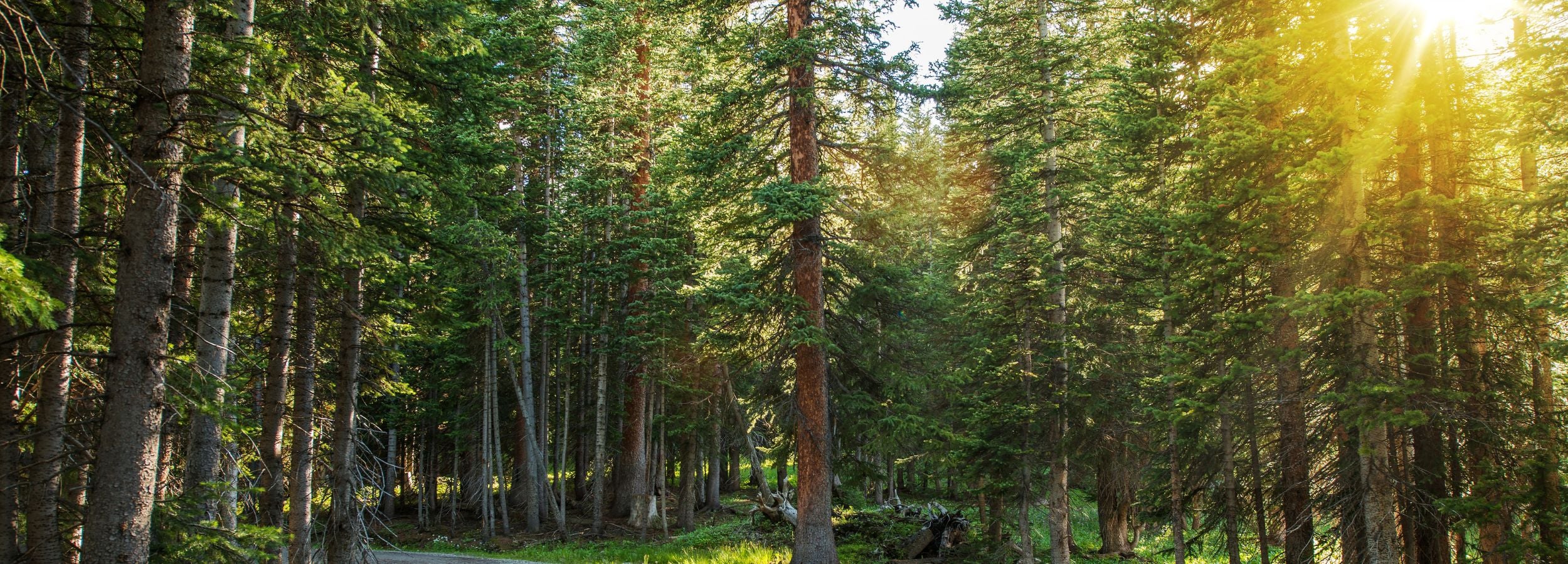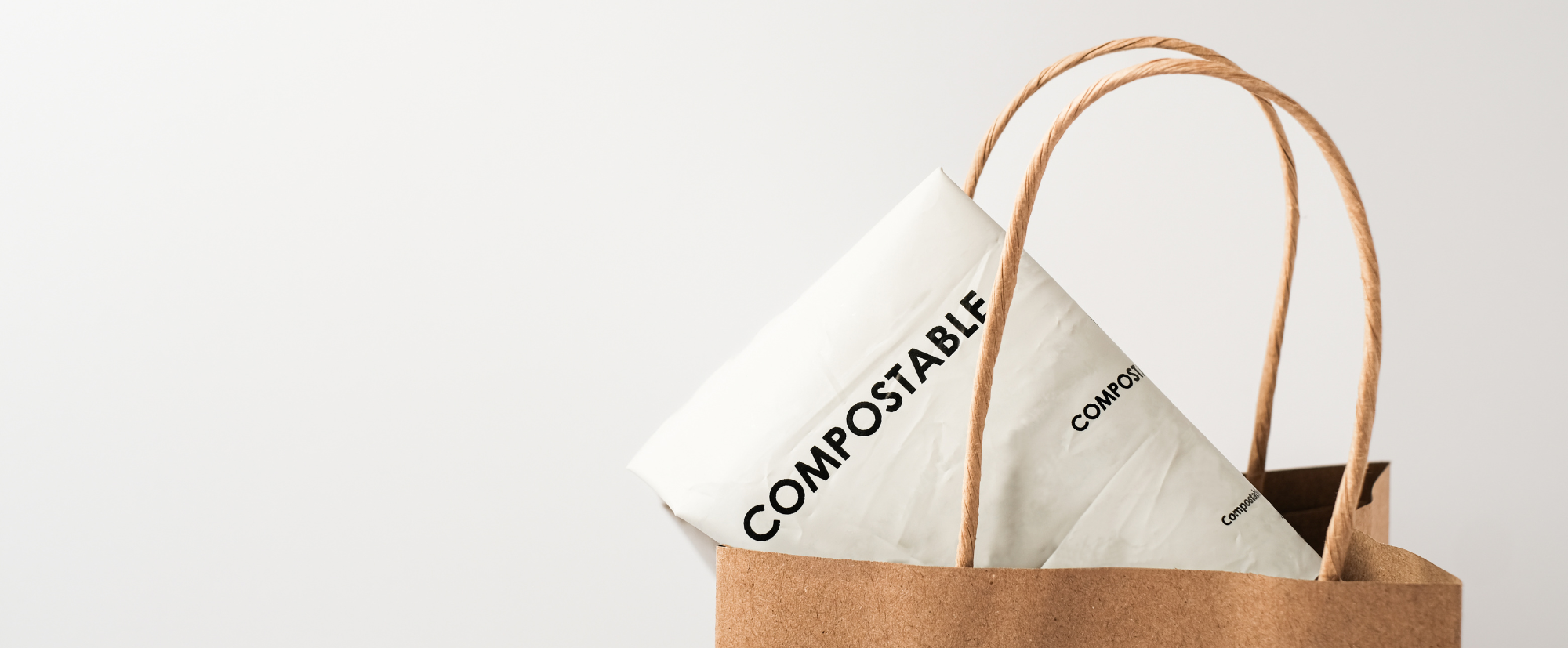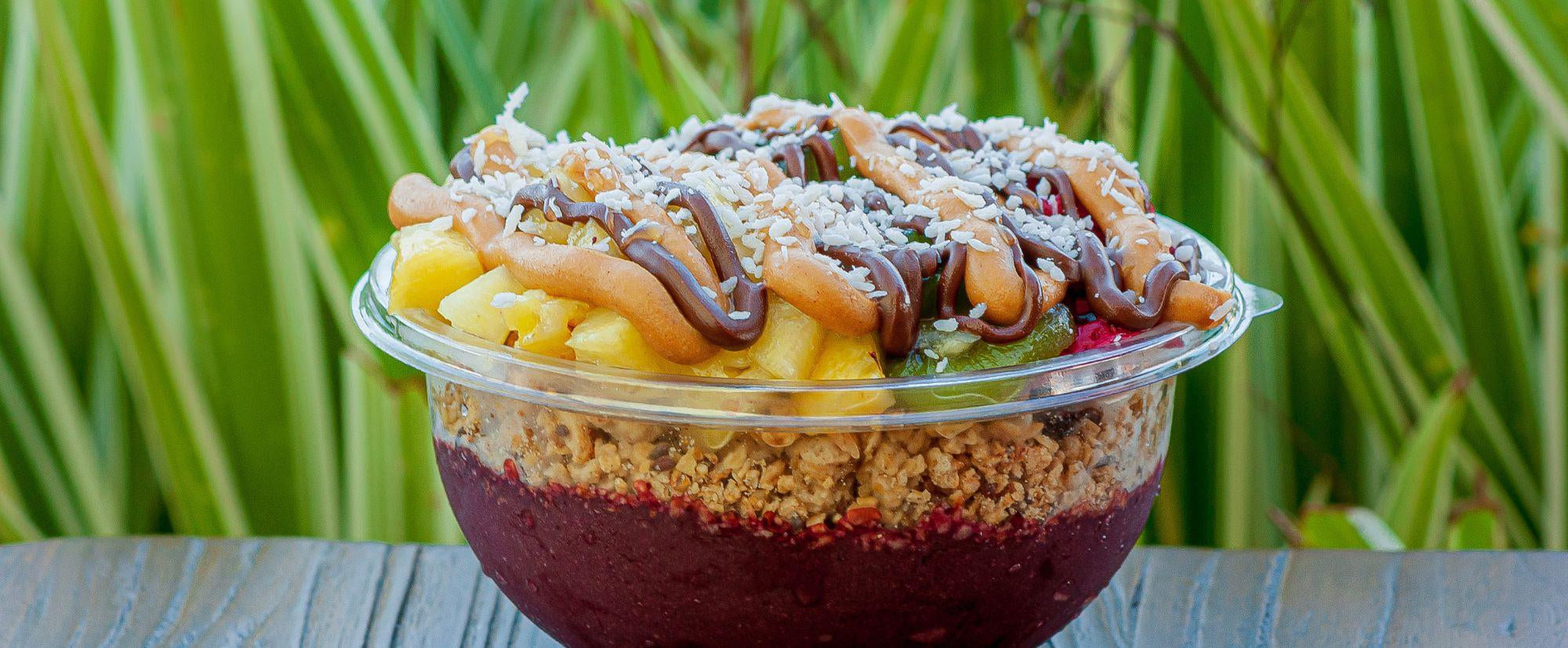Does Green Packaging Cost More? Let's find out.
The environmental impact of food packaging is a hot topic, with more businesses and consumers looking for sustainable options. Amid this shift, a persistent belief holds that eco-friendly options like biodegradable and compostable containers come with a steep price tag compared to traditional plastic. But is this truly the case? Let's embark on a myth-busting journey to uncover the real cost comparison between green packaging and its conventional counterparts.
Price Perception vs. Reality
When it comes to price, the general assumption is clear: biodegradable and compostable materials must be pricier due to their eco-friendly nature. However, my anecdotal research at a leading wholesaler painted a different picture.
Plastic vs. PLA Cups: A Surprising Parity
Consider the common plastic cup, a staple in many food establishments. Next to it on the shelf, I found PLA (polylactic acid) cups, made from fermented plant starch, typically corn. Expecting a significant cost disparity, I was elated to discover both products were priced identically on a per-unit basis. This revelation is monumental, suggesting that switching to a greener option of sustainable cold beverage cups doesn't necessarily mean digging deeper into your pockets.
Coffee Cups with a Conscience
Moving on to the world of caffeine, the comparison between traditional coffee cups with plastic liners and eco-friendly coffee cups with PLA liners yielded similar results. Once again, the costs matched, offering businesses and consumers the opportunity to make an environmentally sound choice without financial compromise.
Bagasse Clamshells: A Win for Wallets and the World
The most compelling evidence came from the bagasse clamshells. Bagasse, made from sugarcane fibers left over from juice extraction, is not just biodegradable and compostable but also astonishingly cost-effective. In this case, these sustainable containers were actually priced below their plastic equivalents. It seems the environmental choice can indeed be the economical one.
The Factors Behind the Figures
Why does this price parity—or even advantage—exist? Several factors play a role:
1. Scale of Production: As demand for sustainable products has increased, so too has production, leading to economies of scale that drive prices down.
2. Material Availability: Raw materials for biodegradable products, like corn and sugarcane, are renewable and widely available, which can stabilize and even lower costs.
3. Technological Advancements: Innovations in manufacturing have made the production of compostable packaging more efficient and cost-effective than ever before.
4. Legislative Support: With governments around the world imposing bans on single-use plastics, there has been a concerted effort to support alternative material use, which can often include financial incentives.
The Long-Term Economic Benefits
When considering cost, it's important to think long-term. Compostable and biodegradable packaging can often be disposed of more cheaply than traditional plastics, which may require special handling. Additionally, the hidden costs of plastics—environmental clean-up, pollution, and health impacts—are not reflected in their purchase price but have a significant long-term economic toll.
The Myth Dispelled
The assumption that you'll pay more for compostable or biodegradable food packaging is outdated. This anecdotal study demonstrates that not only can sustainable packaging compete with plastic on price, but it can also come out on top. The added value of protecting our environment is a priceless bonus.
Conclusion
It's time to lay to rest the myth that eco-friendly food packaging is a financial burden. As my exploration reveals, not only is this belief unfounded, but the shift towards sustainable materials may also very well lead to cost savings. This is a call to action for businesses: re-evaluate your packaging choices. As consumers grow more environmentally conscious, businesses have the opportunity to align their practices with the values of their customers, potentially improving their bottom line in the process.
With the cost argument for plastics crumbling, the path forward is clear. Biodegradable and compostable packaging options are not only viable but also economically sensible choices that cater to a greener future. As we debunk old myths, we pave the way for informed decisions that benefit both the planet and the pocketbook.
Price Perception vs. Reality
When it comes to price, the general assumption is clear: biodegradable and compostable materials must be pricier due to their eco-friendly nature. However, my anecdotal research at a leading wholesaler painted a different picture.
Plastic vs. PLA Cups: A Surprising Parity
Consider the common plastic cup, a staple in many food establishments. Next to it on the shelf, I found PLA (polylactic acid) cups, made from fermented plant starch, typically corn. Expecting a significant cost disparity, I was elated to discover both products were priced identically on a per-unit basis. This revelation is monumental, suggesting that switching to a greener option of sustainable cold beverage cups doesn't necessarily mean digging deeper into your pockets.
Coffee Cups with a Conscience
Moving on to the world of caffeine, the comparison between traditional coffee cups with plastic liners and eco-friendly coffee cups with PLA liners yielded similar results. Once again, the costs matched, offering businesses and consumers the opportunity to make an environmentally sound choice without financial compromise.
Bagasse Clamshells: A Win for Wallets and the World
The most compelling evidence came from the bagasse clamshells. Bagasse, made from sugarcane fibers left over from juice extraction, is not just biodegradable and compostable but also astonishingly cost-effective. In this case, these sustainable containers were actually priced below their plastic equivalents. It seems the environmental choice can indeed be the economical one.
The Factors Behind the Figures
Why does this price parity—or even advantage—exist? Several factors play a role:
1. Scale of Production: As demand for sustainable products has increased, so too has production, leading to economies of scale that drive prices down.
2. Material Availability: Raw materials for biodegradable products, like corn and sugarcane, are renewable and widely available, which can stabilize and even lower costs.
3. Technological Advancements: Innovations in manufacturing have made the production of compostable packaging more efficient and cost-effective than ever before.
4. Legislative Support: With governments around the world imposing bans on single-use plastics, there has been a concerted effort to support alternative material use, which can often include financial incentives.
The Long-Term Economic Benefits
When considering cost, it's important to think long-term. Compostable and biodegradable packaging can often be disposed of more cheaply than traditional plastics, which may require special handling. Additionally, the hidden costs of plastics—environmental clean-up, pollution, and health impacts—are not reflected in their purchase price but have a significant long-term economic toll.
The Myth Dispelled
The assumption that you'll pay more for compostable or biodegradable food packaging is outdated. This anecdotal study demonstrates that not only can sustainable packaging compete with plastic on price, but it can also come out on top. The added value of protecting our environment is a priceless bonus.
Conclusion
It's time to lay to rest the myth that eco-friendly food packaging is a financial burden. As my exploration reveals, not only is this belief unfounded, but the shift towards sustainable materials may also very well lead to cost savings. This is a call to action for businesses: re-evaluate your packaging choices. As consumers grow more environmentally conscious, businesses have the opportunity to align their practices with the values of their customers, potentially improving their bottom line in the process.
With the cost argument for plastics crumbling, the path forward is clear. Biodegradable and compostable packaging options are not only viable but also economically sensible choices that cater to a greener future. As we debunk old myths, we pave the way for informed decisions that benefit both the planet and the pocketbook.




